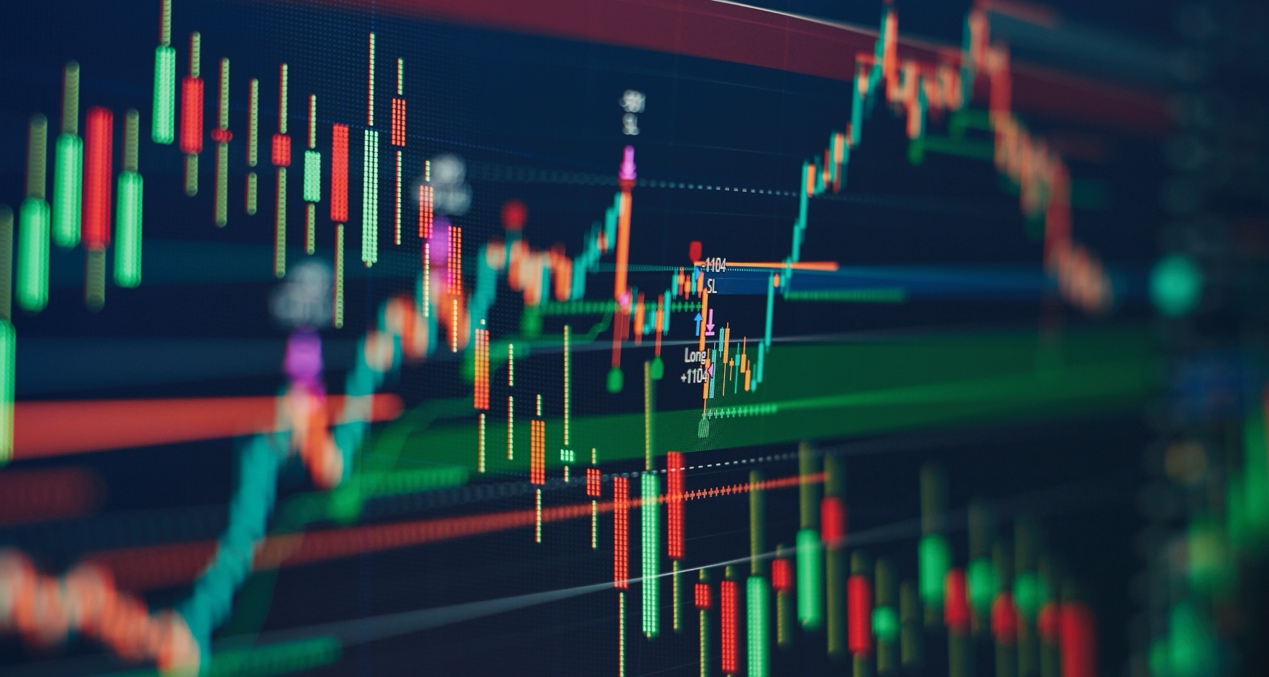In today's financial markets, trading speeds have surpassed human imagination. While we're still contemplating whether to buy a particular stock, computers may have already completed thousands of trades in milliseconds. This ultra-high-speed automated trading, known as High-Frequency Trading (HFT), is reshaping global financial markets and has become an indispensable part of the modern financial system. 
What is high-frequency trading?
High-Frequency Trading is a trading method that utilizes powerful computer systems and complex algorithmic programs to automatically execute securities trades at extremely high speeds. This trading approach emerged in the 1990s and has matured alongside rapid developments in computer and communication technologies. HFT systems can analyze market data and identify price discrepancies within milliseconds or even microseconds, automatically executing trading orders. These systems typically employ advanced technological equipment, including supercomputers, dedicated network lines, and co-location services (where servers are placed physically close to exchanges) to minimize information transmission delays. HFT firms often place their servers as close as possible to exchange locations, a practice known as co-location, to minimize latency in information transmission. For instance, if a trading system can receive and react to market information just 0.001 seconds faster than other traders, this tiny time advantage can generate significant profits in today's financial markets.
HFT strategies typically include market making, statistical arbitrage, and futures-spot arbitrage, among others. Market making strategies generate profits by continuously providing buy and sell quotes and earning from the bid-ask spread. Statistical arbitrage involves identifying price relationships between different markets or securities for profitable trades. Futures-spot arbitrage capitalizes on price differences between futures and spot markets. All these strategies require extremely fast execution speeds and precise algorithmic support. In practice, HFT systems continuously monitor price movements across multiple markets, and when arbitrage opportunities are identified, the systems complete a series of operations including order placement, execution, and position closing in extremely short timeframes. While the profit from each trade might be small, the high trading frequency can result in substantial cumulative returns.
HFT has profoundly impacted financial markets. On one hand, it has improved market liquidity and reduced bid-ask spreads, making market prices more efficient. On the other hand, it has introduced potential risks. For example, the "Flash Crash" in the U.S. stock market on May 6, 2010, was partially attributed to chain reactions in HFT systems. To regulate HFT activities, regulatory authorities worldwide have implemented various policies. The European Union, for instance, introduced MiFID II directives requiring HFT firms to register and be subject to regulation. The U.S. Securities and Exchange Commission (SEC) has also implemented various measures, including requiring exchanges to establish testing standards for automated systems.
In recent years, with the advancement of artificial intelligence technology, HFT systems have become increasingly intelligent and sophisticated. Machine learning algorithms are widely used to predict market trends and optimize trading strategies. Meanwhile, developments in quantum computing technology may bring new breakthroughs to HFT, further reducing computation and decision-making time. However, these technological advances also bring new challenges, such as algorithmic security, system stability, and market fairness issues that require ongoing attention and resolution.
Conclusion
High-Frequency Trading, as a significant innovation in modern financial markets, is transforming traditional trading methods in its unique way. It represents the trend toward automation and intelligence in financial markets and reflects the deep application of technology in finance. Despite some controversies and risks, with continuous technological advancement and improving regulations, HFT will continue to play its positive role in enhancing market efficiency and increasing liquidity. For investors and market participants, understanding HFT's operational mechanisms and impacts helps better grasp market opportunities and formulate appropriate investment strategies.

